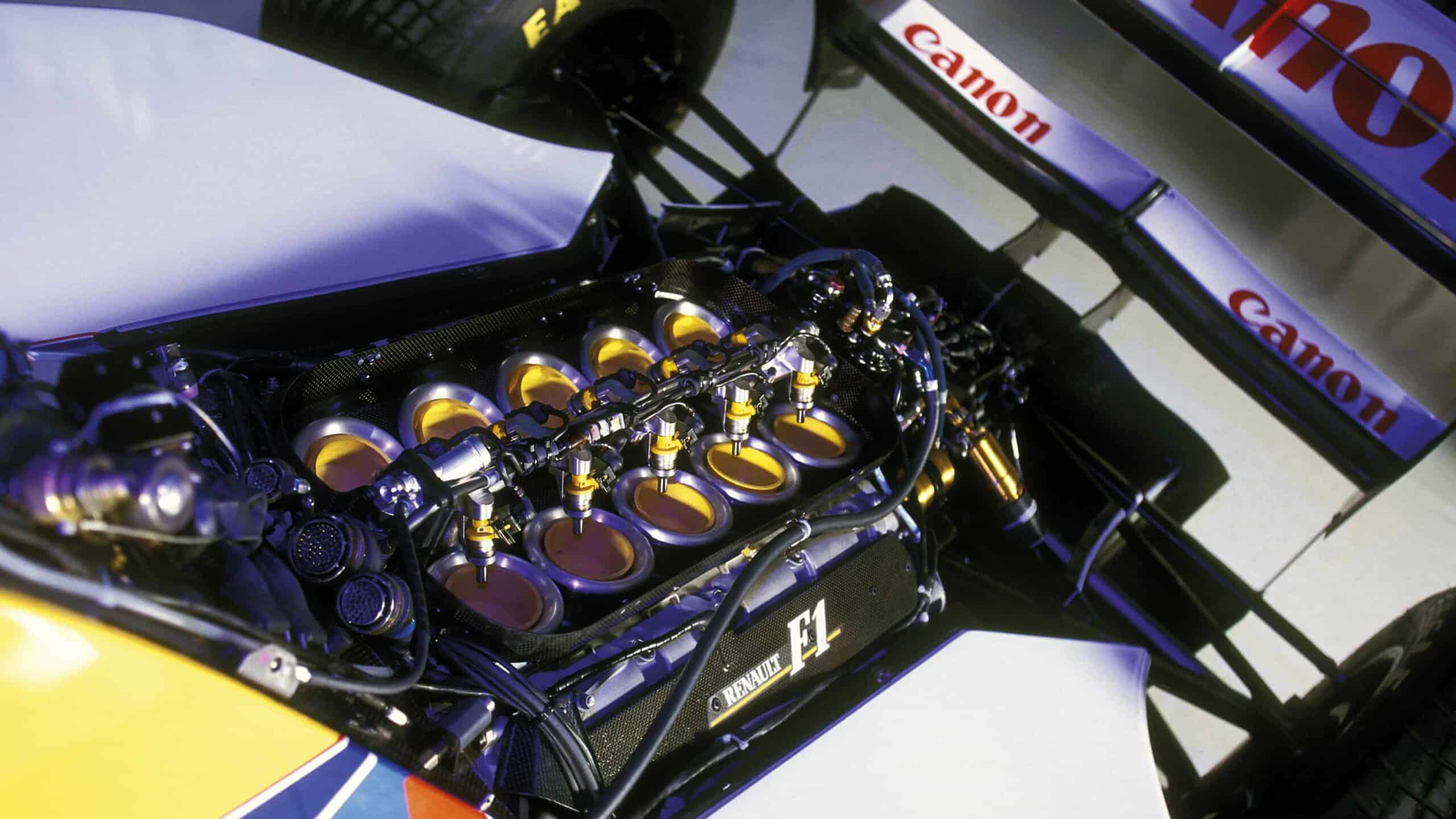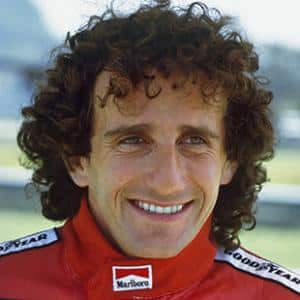Williams FW15C: Nobody’s done it better
The writing was on the wall during 1992 when Williams forged ahead with active technology. But its 1993 FW15C took things to a whole new level, arguably one the sport has never again reached. Adam Cooper talks to those who helped create it

Jonathan Bushell
Thirty years after Alain Prost won the 1993 Formula 1 world championship the Williams FW15C remains the most advanced F1 car ever to race, perhaps challenged only by the McLaren MP4/8 that was its main rival that season.
The title was Prost’s fourth, lifting him clear of arch-rival Ayrton Senna’s three and one behind Juan Manuel Fangio’s five. Such was his dominance, Prost secured the title early, in September, and in the wake of the sabbatical he’d been forced to take after leaving Ferrari under a cloud. Perhaps he had a point to prove in 1993.
As for Williams, the team was in the middle of its greatest, most dominant era. But the FW15C stands apart, even from Nigel Mansell’s FW14B, because it was the high point of the technological development that was carrying F1 into unchartered territory – exciting or detrimental to the sport, depending on your perspective. Viewed from today, Prost’s Williams – from his only year with the team – can be considered a key touchpoint for the soaring evolution that has led F1 to the high sophistication of today. Yes, its technology was largely banned at the end of its title-winning season, but its influence would prove lasting.
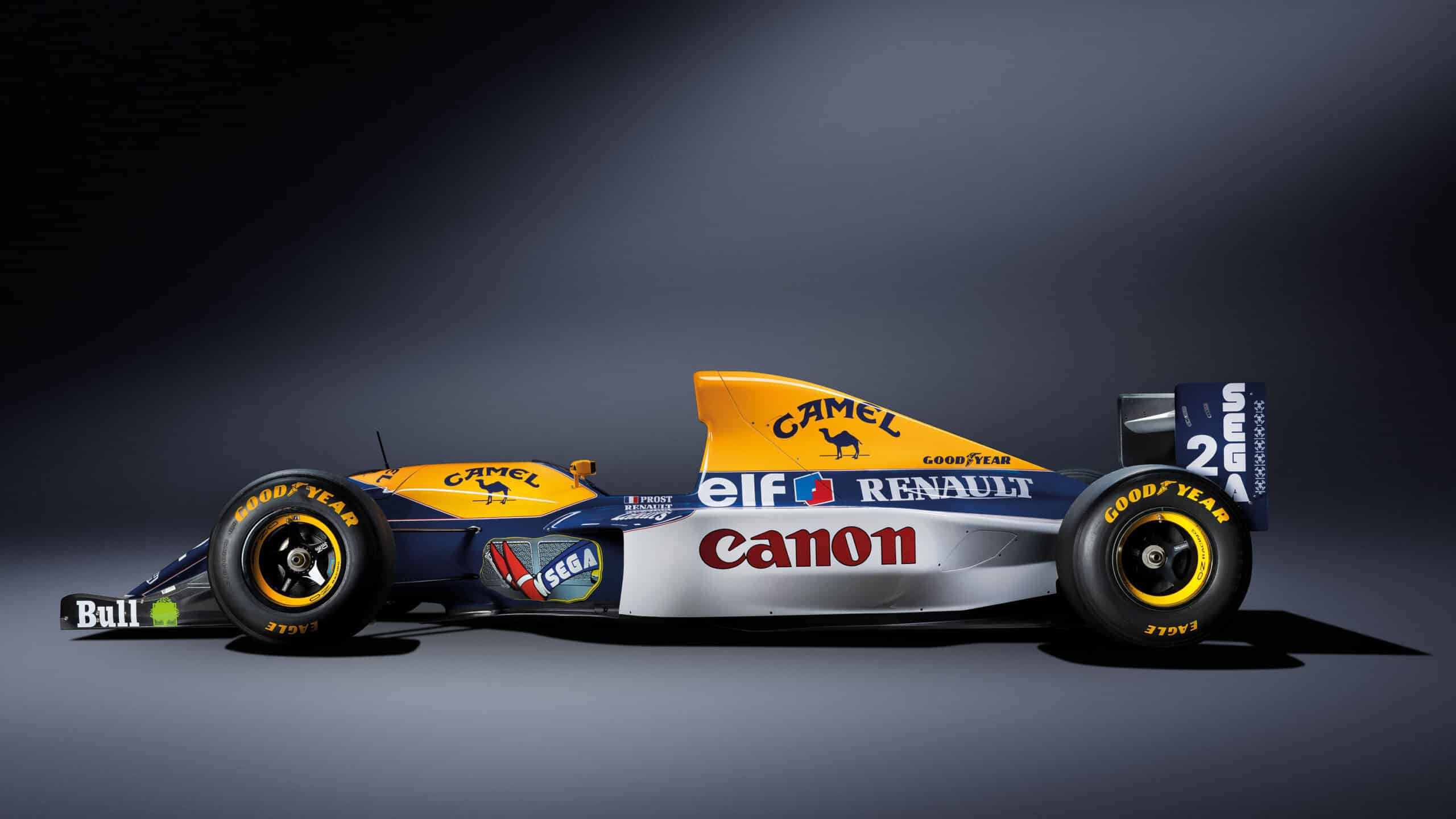
Consider that by the latter part of the 1993 season the Williams had active ride, power steering, traction control, launch control, ABS and power-assisted brakes, and an early form of push-to-pass that was something akin to modern DRS. And in the background the team was developing a constantly variable transmission.
Given that most of that technology had to be binned when the FIA banned driver aids for the following season no subsequent F1 car has matched what the 1993 models were able to do in terms of optimising performance. And it was all achieved with a small engineering team and the relatively simple computing technology that was available at the time.
“The car was very sophisticated in its concept and the systems that it used to make it work,” says Prost’s team-mate Damon Hill of FW15C. “But it was quite limited in terms of processing power and memory. By comparison, today’s cars are massively complicated and more sophisticated, but they’re restricted in so many different things that they can do. We definitely had a good selection of toys to play with.”
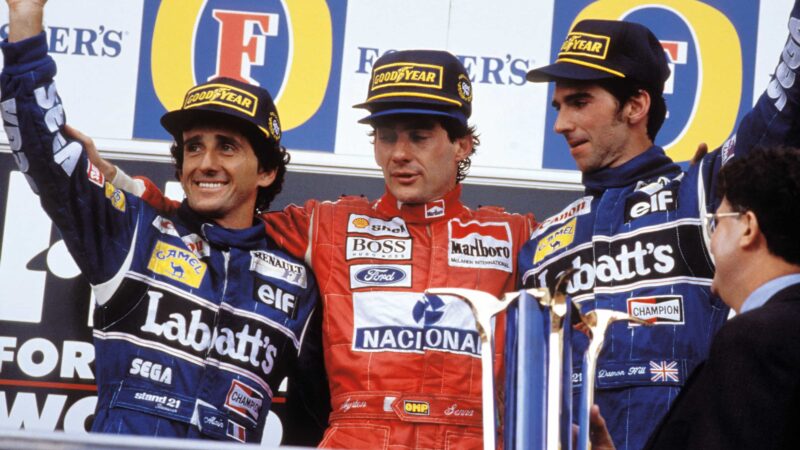
In 1994, Alain Prost would secure seven wins and the title, with Damon Hill taking three. Williams would canter to the constructors’ crown.
DPPI
“If you ignore the power unit side of things, then you can easily argue that it was the most technologically advanced F1 car there’s been,” says then Williams chief designer Adrian Newey. “It was effectively the last of an era, and that always makes a car special. To win with that car was fantastic. I look back on that year with fond memories. And working with Alain for that one season, and then seeing Damon’s progress through the year, was a highlight.”
The 1993 season was one of change for Williams. Prost’s arrival had triggered Nigel Mansell’s messy departure for the US, and with veteran Riccardo Patrese committed to a move to Benetton Frank Williams had to look elsewhere. He eventually opted to promote erstwhile test driver Hill, who had run a part-season for Brabham in 1992.
FW15C was a step on from the car with which Mansell had dominated the 1992 championship. It was regarded internally as the definitive ‘active’ car, because its predecessor had been originally designed for standard suspension, which inevitably created some compromises.
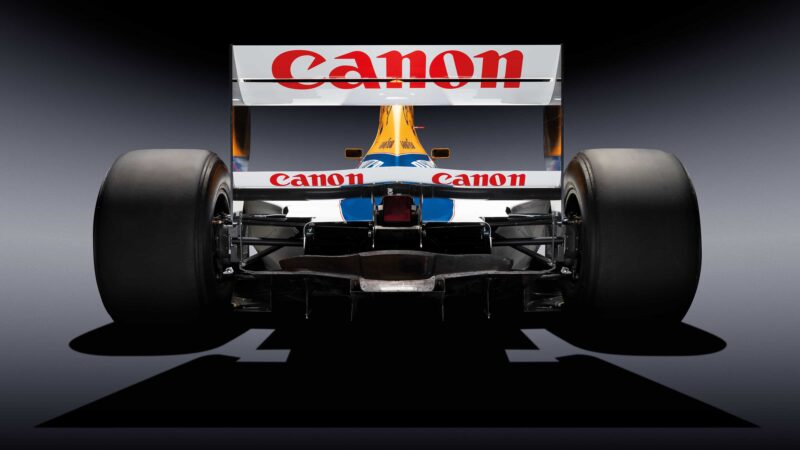
The FW15C pioneered so much new tech, including ways to stall the floor and create a push-to-pass system.
Jonathan Bushell
“FW15 was conceived through 1991 as being a proper installation of active suspension with the aerodynamics more tailored around active,” recalls Newey. “Obviously 14B was an existing car that we then put active onto. And in that there were some compromises on the installation of the suspension. And effectively the aerodynamics didn’t maximise the advantage of the much finer ride height platform window that it offered.
“So the research into 15A was really aimed at those two points, properly integrating the hydraulic actuators, etc, into the design of the tub and the gearbox. And then re-optimising the aerodynamics around the smaller ride height window that active offered, which is kind of analogous to a peaky engine versus an engine with a very broad torque curve.”
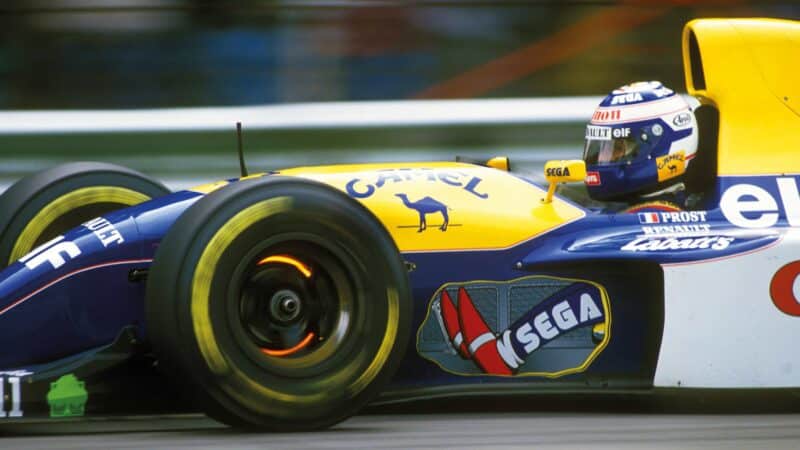
Prost at Monza
Grand Prix Photo
The original FW15 was supposed to race in the latter part of the 1992 season, but FW14B was so dominant – Mansell would clinch the title in Hungary in mid-August – that it was put on hold. The team was also mindful of the early reliability issues that had cost Mansell a shot at the 1991 title, and thus preferred to stick with the proven model.
“The 14B was proving reliable and quick enough to do the job,” recalls technical director Patrick Head. “So we didn’t see that it was necessary to bring in the 15. On the active 14B there were a couple of bulges at the front that had hydraulic cylinders, and on the 15 they were sort of pulled inside and tidied up. The back end was a lot tidier on the 15. And it was a dedicated active car, whereas the 14 obviously was a passive car converted for the active ride.”
The team had to adapt to a package of rule changes for 1993, including simpler front endplates plus narrower wheels and an overall narrower track. Hence the transition that winter via a B-spec interim test car to the C-spec that would eventually race.
A string of gizmos that Williams had been developing would feature on FW15C, with some introduced during the season. “I suppose they all came together in that car,” says Head. “You’ve got to remember that McLaren were winning pretty much everything with the Honda engine, and obviously had quite good cars. And in that period I suppose Frank and I said, ‘Look, we’ve got to beat McLaren.’
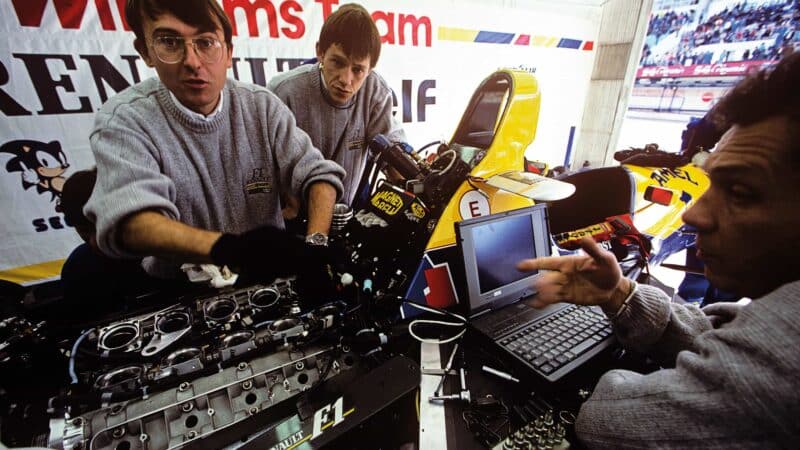
The technical team servicing the Renault engine
Getty Images

Active suspension
“The Renault engine was good, but no way was it as powerful as the Honda. It was lighter, but it wasn’t as powerful. And we sat down and said, ‘So, how are we going to beat them?’ And the answer was technology. We were already working on a number of things. And we said, ‘Well, let’s bring all these things along in parallel.’ And I suppose they all came together with the 15.”
Even Williams was a small team in 1993, and much of the trick electronic stuff was developed by just two engineers, Paddy Lowe and Steve Wise. “What enabled traction control is a very common architecture on cars now called CAN, or Controller Area Network,” says Lowe. “On a road car you’ve got loads of boxes all over the car, one to control the seat, one for the windscreen wipers, and they all talk to each other on a CAN network. So it’s like an automotive version of Ethernet.

Adrian Newey |
“It was the last of an era, and that always makes a car special” |
“The chip for that had literally just been invented by Intel, and we may well have been the first people to use that chip in anger on the ECU that we built for the 14B. And that allowed us to send the message to the engine that said, ‘Please cut three cylinders right now.’”
The active system that proved so successful in 1992 was at the heart of the FW15C, suitably tweaked and refined. Its main benefit was to provide a stable platform to optimise Newey’s cutting-edge aerodynamics. “The active ride was a sort of responsive system,” says Head. “In that if you had load transfer, like when you hit the brakes, the nose would dip and the back would go up. Then the system would say, ‘I don’t really want this,’ and would correct it. And when you turned into a corner, the car would initially begin to roll. And then the system would say, ‘I don’t like this – this is not what I’m programmed to do,’ and it would correct it.”
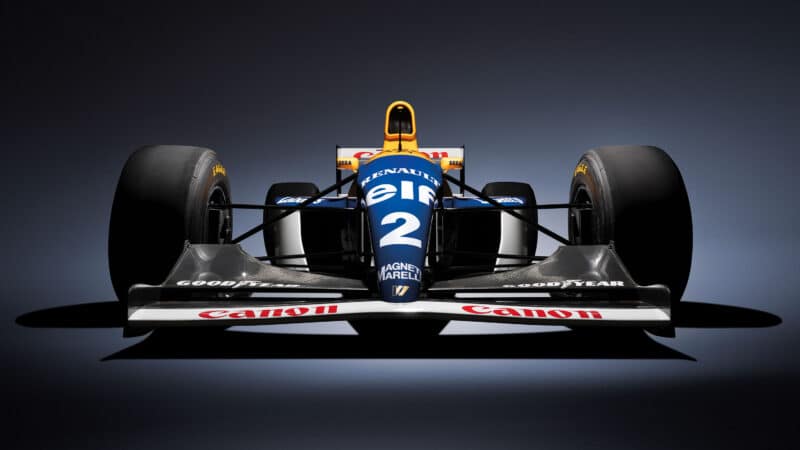
Williams’ design included huge tech advances, and was its first true ‘active car’.
Jonathan Bushell
Lowe was the key player on the active programme before he left for rival McLaren early in the 1993 season. “You could run the car at very efficient aerodynamic attitudes that you couldn’t do with passive suspension,” says Lowe. “Most particularly the car was much lower in ride height at low-speed. The second point was the tunability. You could tune all of that according to conditions, you could tune it even corner by corner, you could tune it according to balance. If the car was developing understeer, you had great ability to tune it out.

Paddy Lowe |
“We may have been the first to use the new technology in anger” |
“We were growing different features particularly around how you tuned the suspension to different driver inputs, because with that suspension it could react to steering input, acceleration inputs, brake pedal inputs, throttle inputs. The car also was just very much more responsive, because it effectively didn’t roll, and especially at turn-in it was right there with you. During a classic turn-in the car pitches over. That effect just didn’t exist.
“It always had four wheels properly on the ground bearing their proper weight distribution that you’d intended by design. So this gave you enormous traction, on top of the low ride height that you have in that low-speed exit. And of course we had traction control as well. So from the corner exit you’re driving away from everybody, and that carries you down the straight.”

David Coulthard |
“That night my head was almost in my soup due to the g forces” |
There were other benefits to be gained from active, as Lowe recalls: “In those days floors were blown with exhausts in a really big-time way, massively more than anything we ever did in the later blown diffuser days. This was properly blown. And the difference in downforce at the rear could be up to 40%, coming on or off throttle. Imagine how big that is, and also how disruptive it is to balance.
“One of the big things that this active car could do was mitigate that disruption and allow you to get all the benefit of that extra exhaust downforce, because you could control the balance through that switch of on or off-throttle. That was a massive point.”
Once Prost understood how to work with the car’s systems he and his race engineer David Brown were able to make the most of them. “With the active car I never ran out of tools,” says Brown. “If the driver had a problem with the car, there was always something that you could do about it. And it became increasingly more interesting in ’93 when we had distance-based offsets.

Prost leads the way at Monza as chaos breaks out, with Ayrton Senna’s McLaren pitched after contact with Hill. The Briton would escape damage and continue to win when Prost’s engine let go.
DPPI
“For example, Alain did not like oversteer at all, and wouldn’t drive a car that was loose. He’d go through Bridge Corner at Silverstone, the car was just a little bit too nervous for him, and he didn’t like it. We said we will lift the front ride height up, Alain, as you go into the corner, and we’ll drop it back down before you get to the left-hander after it. We did that, and it was fine. And it was purely distance based.”
Active also allowed the team to run a form of push-to-pass that was discovered by chance. “We noticed in the wind tunnel that if we lowered the rear as far as we could without damaging the floor, which was probably around 10mm, then we could stall the floor,” says Newey. “And that gave a significant drag reduction. So that’s what the push-to-pass did.

Damon Hill |
“It was very sophisticated. We had a good selection of toys to play with” |
“The first version of it, which was a bit silly really, was a latching toggle. And Alain did do a lap having forgotten to turn it to de-latch at the end of the straight, and scared himself. After that we went to a push and hold button…”
“It would drop the rear and stall the floor, and you’d pick up top speed,” says test driver David Coulthard. “So places like Tamburello at Imola it was like, ‘Am I going to keep the button on?’ You would always end up lifting, getting the downforce.”
In 1992 Mansell had got more out of the FW14B than his team-mate Patrese in part because he had greater confidence in the active, but also because he could cope better with the heavy steering loads. Power steering, introduced for the 1993 car, was of obvious benefit to Prost.
“That was a big thing for the drivers,” says Newey. “We were generating pretty big levels of downforce. The layout of the car, with the chassis coming over the top of the steering wheel, did force quite a small diameter steering wheel. Which for Nigel, with his huge upper body strength, wasn’t too much of a problem. But clearly for Alain that would have been quite a challenge.”
Also new for 1993 were power-assisted brakes and subsequently ABS, with the latter raced for the first time at the French GP. “It was a four-channel anti-lock braking system,” says Head. “The driver could just hit the brake pedal as hard as he liked without worrying. And it was interesting because it dealt with each wheel individually. So it could be releasing the line pressure on one calliper while still keeping high pressure on the other three. The driver could probably brake 10 or 15m later than he would have been able to without it.
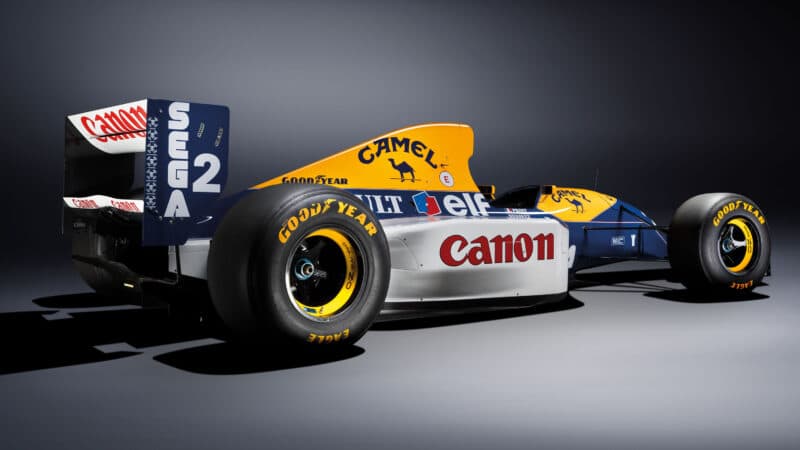
State of grace: the FW15C claimed victory in 10 of the 16 grands prix of 1993; it finished either 1st or 2nd in all 16
Jonathan Bushell
“I can’t say to you the ABS brought 0.3 seconds a lap or something. But we wouldn’t have had an extra complication on the car unless it was a benefit.”
“I remember the Imola test,” says Coulthard. “And that night I was having dinner, I was eating soup. And my head was almost in my soup because of the level of forces in the car!”
All of this added up to a sensationally fast racing car. Prost was dominant in the early part of the season, winning seven races in total on his way to the title, while Hill learned quickly and became a strong force, logging the first three wins of his career in consecutive races.
“Eventually they went to as many different automated processes as you could think of,” Damon recalls. “It was automatic upshift, automatic downshift. And then we had power-assisted braking, then ABS. The whole thing just went down that road. It was starting to get a bit insane. I think we had an active diff at one point.
“The power-assisted braking just meant you could press much harder. You could apply much more power to the brake pedal. The ABS was most impressive in Adelaide. I remember braking for the corner at the end of the back straight and just thinking, ‘This is incredible, how I can brake with this thing. It was amazing. You could just nail it.”
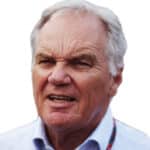
Patrick Head |
“It was one of our truly outstanding F1 cars, no doubt about it” |
By that final race of 1993, Prost’s last GP start and Ayrton Senna’s farewell outing with McLaren before joining Williams, everyone knew that it was the end of an era in other ways. The FIA had banned all driver aids for the following season, and separately CVT – in which Williams had invested heavily and intended to run in 1994 – was also banished before it had even been raced.
“It was a highly-charged political year,” says Newey. “And we got caught out on the technical side, as so often, in the overall politics of what was going on between the FIA and the teams.”
“You can’t spend too much time saying, ‘Oh, it’s not fair,’ or anything like that,” says Head of the clampdown. “You just get on with it. And once all that was banned, we had a big challenge in 1994. We’d been running active ride for three years or so, so we had to understand how to run a car with springs and dampers and things. You just get on with whatever problem is right in front of you.
“So yes, it was a bit annoying losing all these toys, but we weren’t thinking backwards. We were thinking, ‘How are we going to deal with these challenges?’’
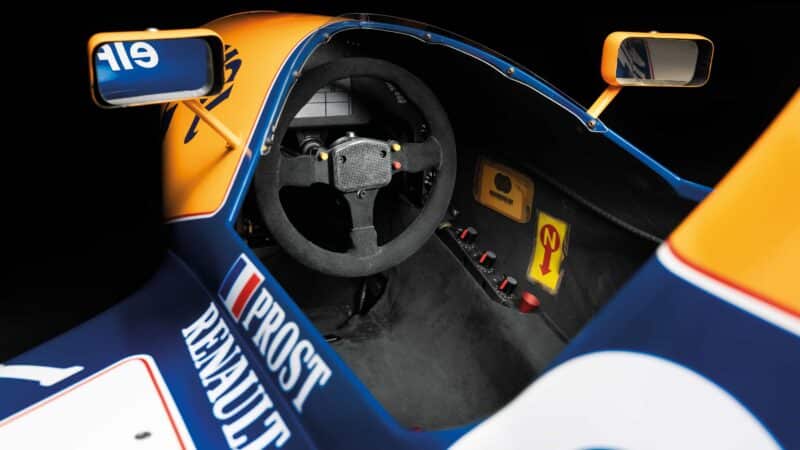
The high chassis sweep demanded a small steering wheel, which necessitated power steering for those who weren’t Nigel Mansell
Jonathan Bushell
Having been locked into active for several years that winter the team had to take a massive step backwards, initially with the FW15D test car, while the definitive FW16 was developed for Senna and Hill to race in 1994.
“FW15D was actually just the toys removed and springs and dampers kind of bodged onto it,” says Newey. “It wasn’t a very nice car. I think what really caught us out in ’94 – it certainly caught me out and I take responsibility for it – was that we’d had two years of development trying to aerodynamically exploit this very narrow ride height window that active offered. Re-learning how to make a car work both aerodynamically and mechanically over a broad ride height window is something that we didn’t do a good job of at the start of 1994.”
“We knew we had to have a much more, ride-height tolerant, much more benign platform,” says ex-Williams aerodynamicist Geoff Willis. “We said it’s got to be half as sensitive or something like that. And it turned out actually we needed to make it 25% or 20% of the sensitivity. So the first few races that Ayrton drove the FW16 the car was a pig, because it was just too ride-height sensitive. And by Imola we’d already made huge progress on that.”
FW15C has perhaps been overshadowed by the 1992 car with its Mansell associations, but Head still has fond memories of the model. “It was one of our outstanding cars, no doubt about it,” he says. “At the end of the season I actually drove it, 10 seconds off the pace, at Paul Ricard, because I just thought this is never going to happen again, I’d like to see what it feels like.
“They had to take the seat out to get me to fit. So I had lots of sponge around me! I think Bernard Dudot drove it, and Adrian drove it. You didn’t really know that it had all these devices on it. But it was a very good car, no doubt about it.”
It’s hard to pick a single area where the Williams FW15C excelled as the design was the sum of ingenuity all round. Take a tour of the technology encapsulated within this groundbreaking grand prix car with our pinpoint guide.
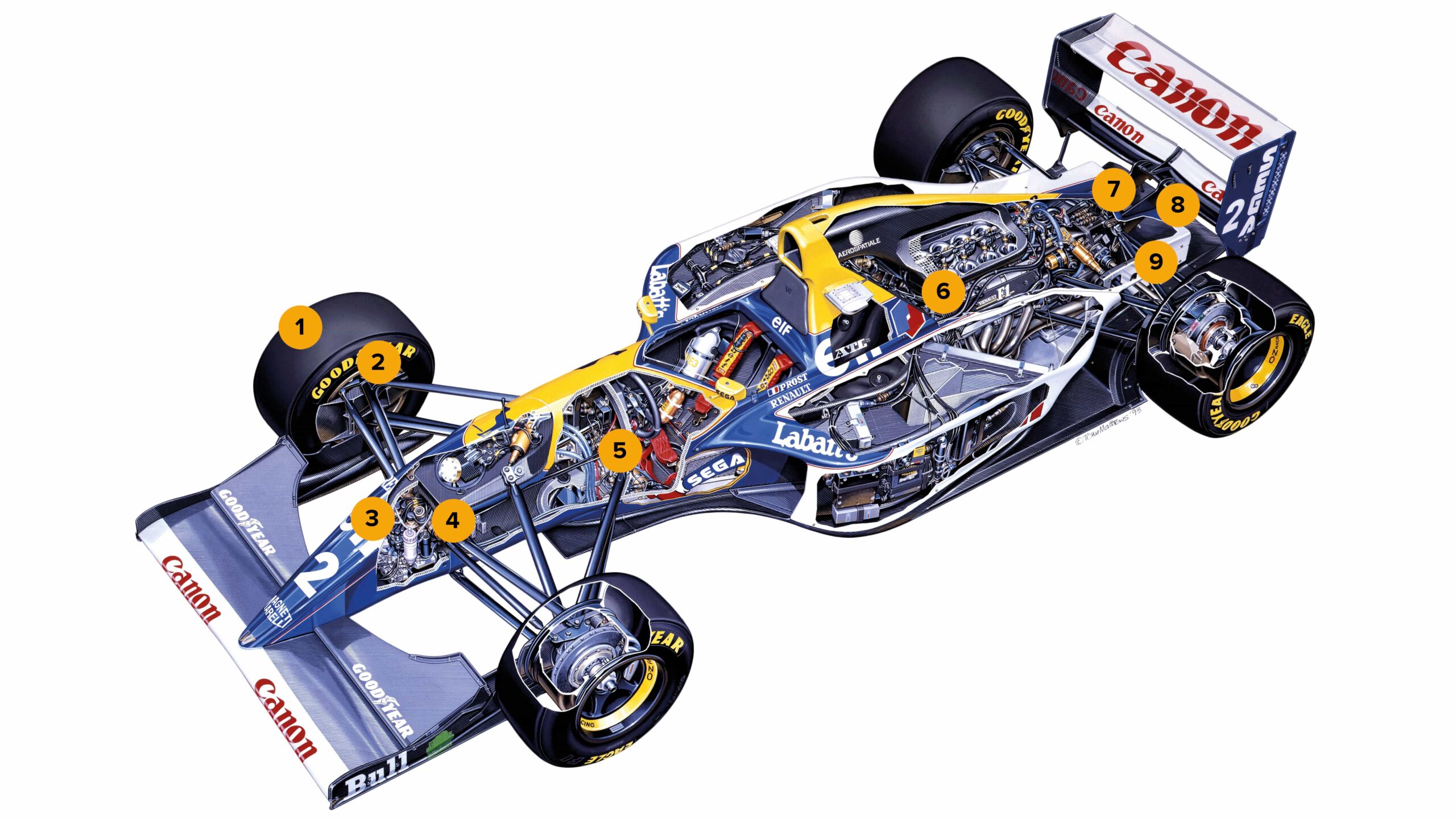
1. Tyres and trackingTweaked regulations meant narrower rear Goodyears and a reduced tracking for F1 cars to 1.8m (down from 2m). A new minimum height above the ground was also given for front-wing endplates. These changes were designed to slow the cars, but the FW15C was said to have a 12% improvement in its lift/drag ratio over the 1992 FW14B and proved significantly faster. |
2. Active suspensionActuators fitted to each wheel expanded and shortened in length via hydraulic pressure, responding directly to the loads being put upon the car that were read by computer software. Thus the car could maintain an optimum aerodynamic efficiency at all times, which was a huge aid to set-up and ironing out the usual pitch, dives and rolls of conventional suspension. Lotus had pioneered active suspension in the 1980s, but it was Williams that harnessed its power best, in alliance with AP. |
3. ABSActive suspension could be realised thanks to developments in electronic digital control, which also led to the evolution and integration of ABS braking. Ahead of the front bulkhead, four Moog electrovalves, packaged with sensors, hydraulic connectors and the brake-fluid cylinder, activated the Williams system. |
4. Power steeringNigel Mansell hadn’t needed it in FW14B, but power steering – still a novelty in F1 at this time – made sense for Alain Prost and Damon Hill, especially with heightened downforce and braking capabilities. |
5. Ride heightThe driver had control of this in FW14B via a knob in the cockpit to tailor the car corner to corner. But the knob became redundant for FW15C. The software could be programmed to continually change the set-up, leaving the driver free of such distraction. |
6. EngineBernard Dudot and Renault’s latest RS5 67-degree 3.5-litre V10 featured new con rods and revised inlet and combustion chambers, giving the engine an extra 30bhp over the 1992 version and taking it up to 780bhp. The V10 outpowered Ford’s V8 and was lighter and less thirsty than Ferrari’s V12. It remained the F1 benchmark. |
7. GearboxThe Williams allowed its drivers to benefit from fully automatic gear changes, but only if they wanted them. A flick of the paddles behind the steering wheel would allow them to revert to manual mode. |
8. AerodynamicsHoning a narrower range of ride heights and rake angles through active suspension created other benefits for chief designer Adrian Newey. His aerodynamic surfaces, such as the front wing and diffuser, could be designed to be more ‘peaky’ and aggressive because the active ride reduced the requirement for consistent downforce over a wide range of attitudes. |
9. DiffuserAlong with a more aggressive design, the diffuser could also be stalled from the cockpit via a button. This clever device allowed the driver to reduce drag considerably and also, through the software, offered an extra 300rpm from the engine. It was effectively a ‘push-to-pass’ button long before such devices became common. |
